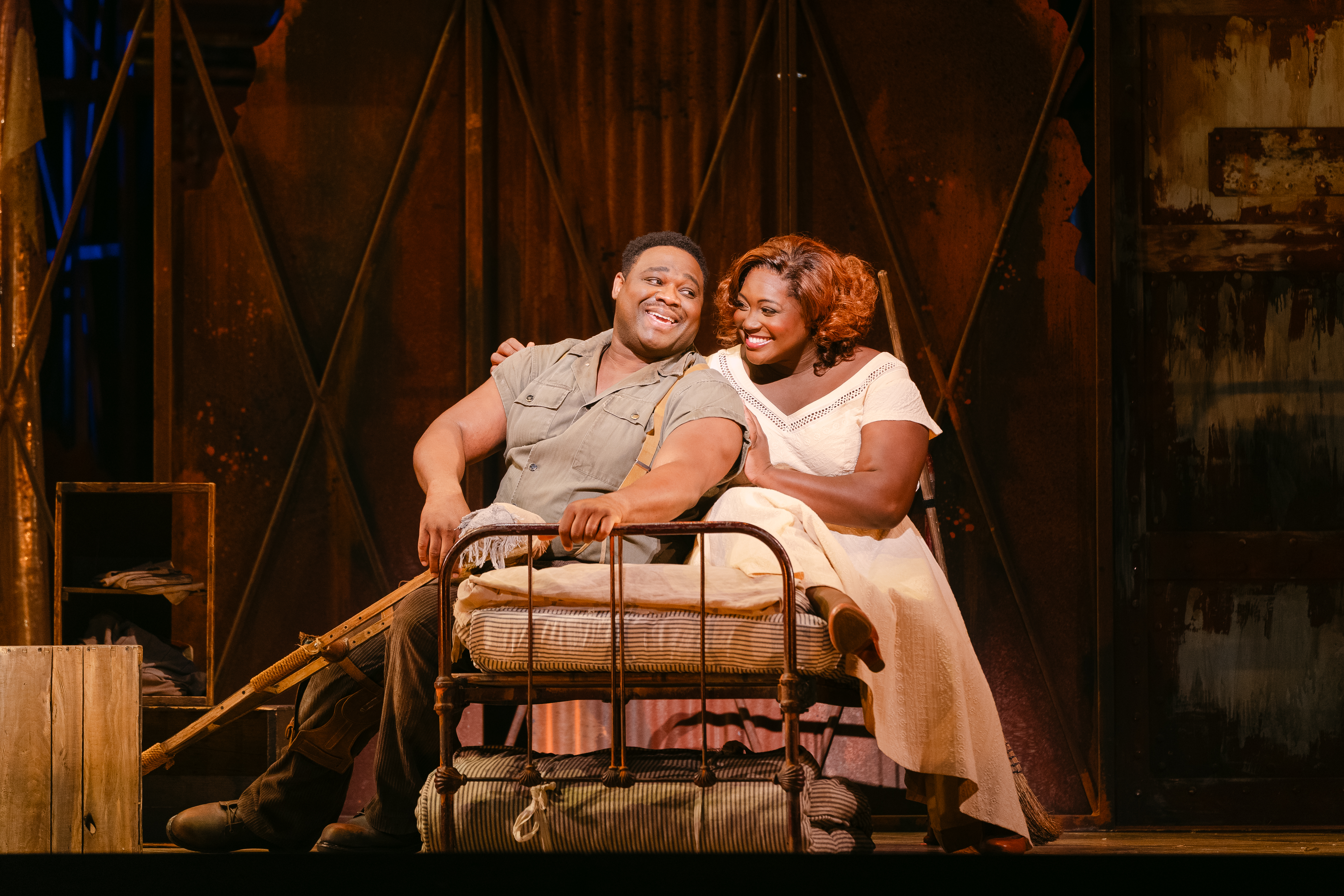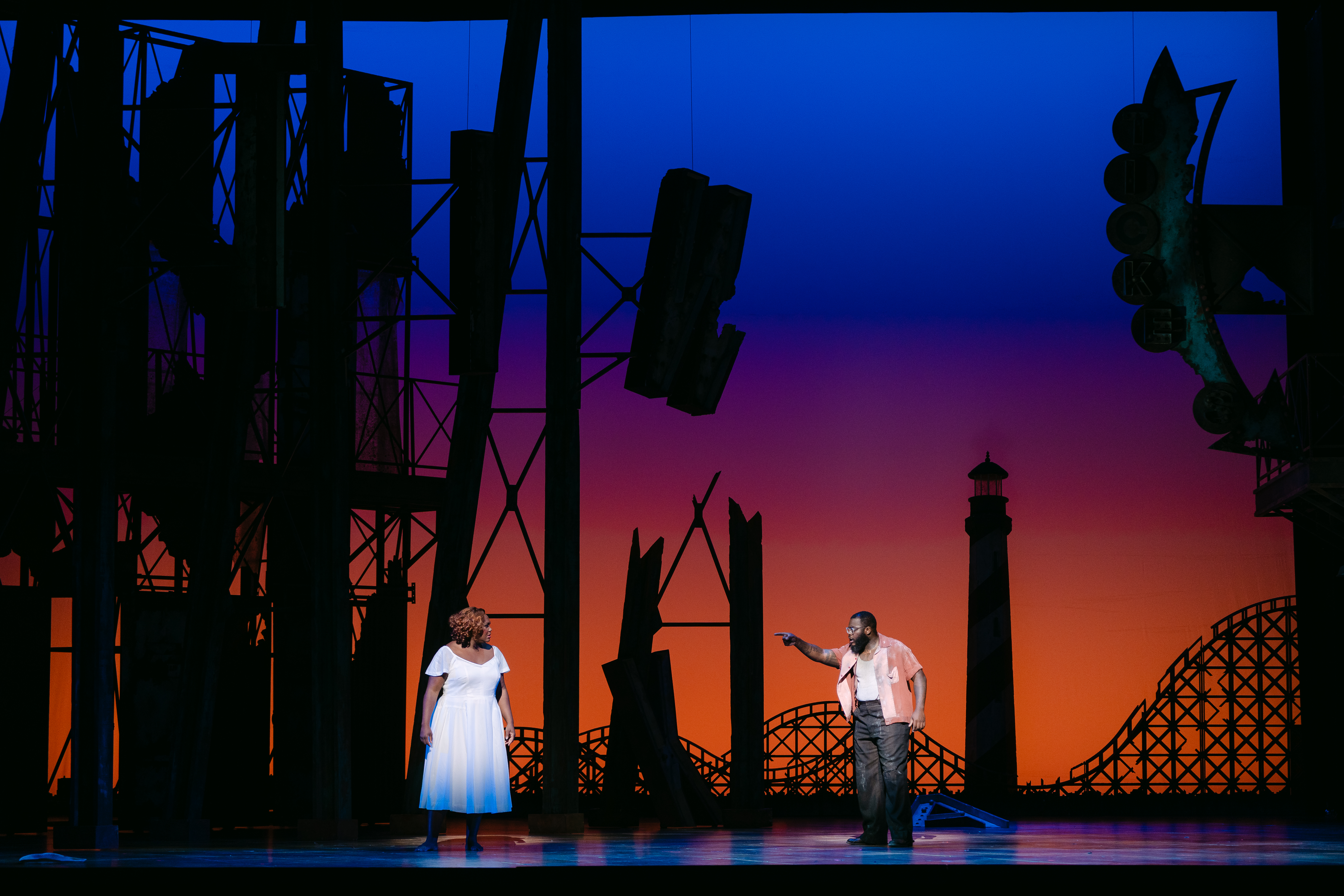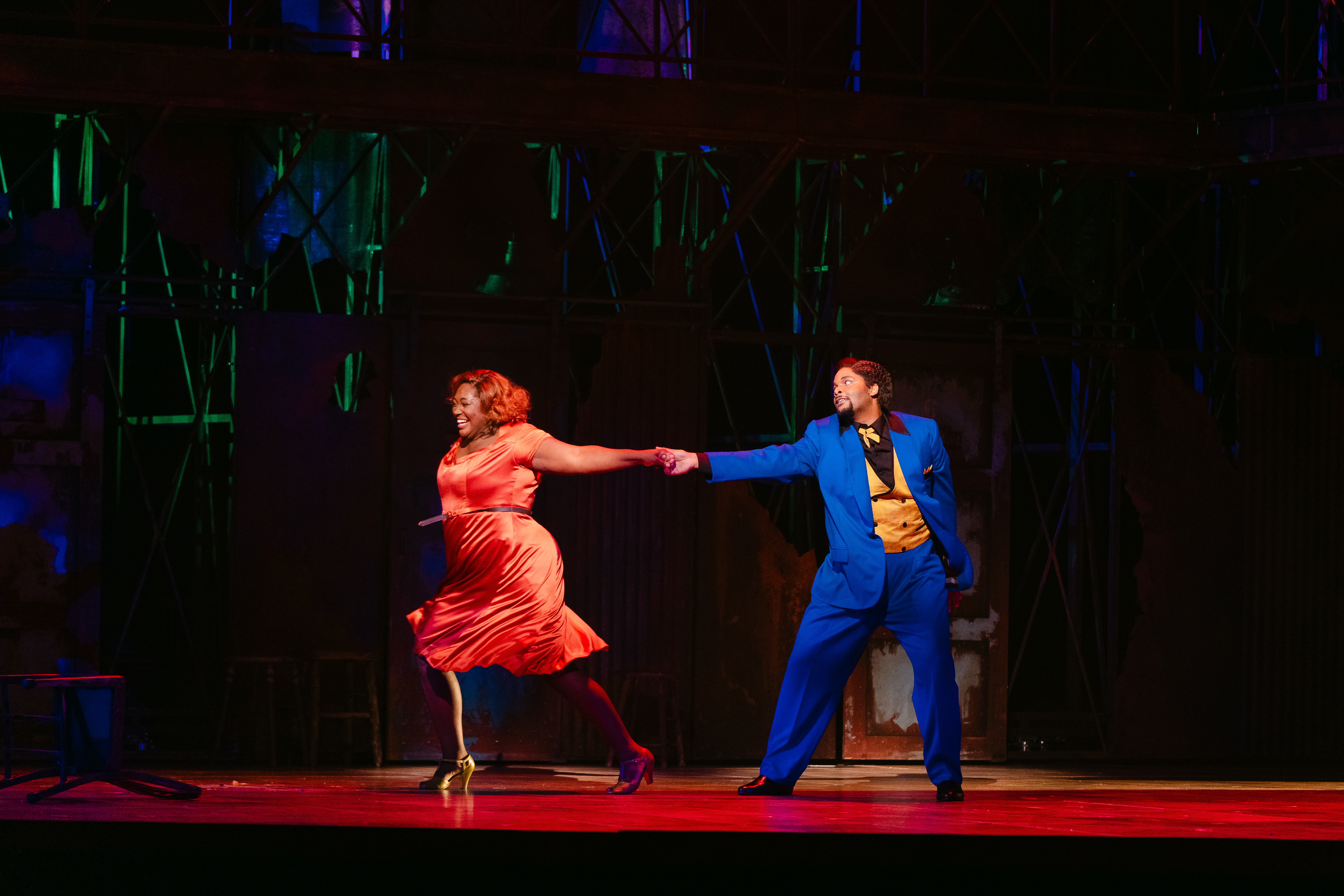The Gershwins' Porgy and Bess Quick Start Guide
THE OPERA IN ONE SENTENCE
In the midst of poverty and racial oppression, Bess finds hope with the disabled beggar Porgy, but their love is threatened by the return of Bess’s ex-boyfriend Crown and the temptations proffered by the drug dealer Sportin’ Life.
BACKGROUND
In 1925, DuBose Heyward wrote his novella Porgy, a fictionalized account of a Black working-class community in Charleston. The protagonist was modeled after a real-life beggar named Samuel Smalls, while Catfish Row was inspired by a stretch of tenement housing known as Cabbage Row. Heyward’s characters belong to the Gullah ethnic group, whose culture and dialect are strongly rooted in their West African heritage.
The author and his wife Dorothy later adapted the book into a successful stage drama. This served as the basis for the 1935 operatic collaboration with the Gershwin brothers, a Jewish-American songwriting duo known for their Broadway shows. Working with lyricist Ira Gershwin, Heyward penned a series of original song texts to replace the traditional spirituals that were featured in the play. To research his score, composer George Gershwin made a series of trips to the Charleston area, where he attended a Gullah church service and participated in a form of Black worship known as “shouting.”
WHAT TO LISTEN FOR
Despite longstanding debates about the work’s genre, Porgy and Bess undeniably belongs to the operatic tradition. Listen for the title characters’ “Bess, You Is My Woman Now,” which is structured like an Italian love duet. Gershwin also employs Wagnerian leitmotifs—recurring orchestral themes associated with characters. Compare Porgy’s limping yet optimistic motive with Crown’s pounding, syncopated rhythm.
The composer infuses these operatic forms with popular African-American styles like blues, ragtime, and jazz. A handful of numbers were conceived as standalone showtunes in the vein of the Gershwins’ Broadway hits. Listen for these snappier songs that lean toward musical theater: Jake’s “A Woman Is a Sometime Thing,” Porgy’s “I Got Plenty o’ Nuttin’,” Crown’s “A Red-Headed Woman,” and Sportin’ Life’s “It Ain’t Necessarily So.”
But at its core, Porgy is what Gershwin dubbed a “folk opera,” and much of the score is meant to evoke the daily life of a Black community. The numbers often serve a specific function, whether as work songs (Jake’s “It Take a Long Pull to Get There”), lullabies (Clara’s “Summertime”), or laments (Serena’s “My Man’s Gone Now”). Church music, in particular, helps to bring the citizens of Catfish Row together. Listen for the religious genres represented in the opera, including gospel hymns (Bess’s “Leavin’ for the Promise’ Lan’”), spirituals (Porgy’s “Oh Lawd, I’m on My Way”), and chanted prayers (Serena’s “Oh, Doctor Jesus”).

FUN FACT
Porgy and Bess was not George Gershwin’s first opera. In 1922, he collaborated with legendary lyricist Buddy DeSylva on the 20-minute Blue Monday. The work is one of Gershwin’s earliest experiments in combining jazz and classical idioms. Later renamed 135th Street, the opera is a tale of jealousy and murder among the patrons of a Harlem bar.
SYNOPSIS
TIME: 1950s
PLACE: Catfish Row and Kittiwah Island, South Carolina
PART I
One summer evening in the courtyard of Catfish Row, Clara sings a lullaby to her child as the community rests at the end of the workday. Some of the men are playing craps, including Sportin’ Life and Clara’s husband Jake. Porgy joins the game, and when the others gossip about Corwn’s woman, Bess, he defends her. When Jake accuses him of being soft on her, Porgy says he isn’t soft on any woman, as he is a loner.
Crown arrives with Bess. He’s drunk, and when he loses at dice, he starts a fight and accidentally kills Robbins. Crown runs to hide but tells Bess he’ll return for her. Sportin’ Life offers to take her to New York, but she refuses. No one will shelter her before the police arrive except Porgy, who takes her in. Later, Porgy and Bess attend Robbins’s funeral together, where his widow, Serena, leads the prayers. The police enter and arrest Peter as a “material witness.”Bess leads the mourners in a spiritual as they reluctantly allow her a place in their community.
A few weeks later, Jake and the fishermen work on their nets as Porgy looks on. Maria, the matriarch of Catfish Row, chases Sportin’ Life away when he tries to sell his “happy dust.”Lawyer Frazier arrives and convinces Porgy that he must buy divorce papers for Bess so she can be legally separated from Crown before she can be with him. The sale is interrupted by the sighting of an ill-omened buzzard.
All are preparing to leave for a church picnic on Kittiwah Island. Sportin’ Life asks Bess again to come to New York with him and tries to give her drugs, which she refuses. Porgy chases him away, and he and Bess sing about their newfound happiness. All except Porgy leave on the boat for Kittiwah Island. At the picnic, Sportin’ Life sings about his own brand of religion. Everyone is getting ready to leave when Crown, concealed in the bushes, calls out to Bess. She tells him she’s Porgy’s woman now, but he forcefully refuses to let her go.

INTERMISSION
PART II
A few weeks later, on Catfish Row, the fishermen are preparing to leave as Bess raves, still delirious after Crown’s attack on her. Peter wants to send her to the hospital, but Serena prefers to pray over her. Bess is healed and explains to Porgy that she wants to stay with him, but that when Crown arrives, she’ll be forced to leave. Porgy reassures her that she doesn’t have to go with him. A hurricane begins to rise, and Clara, frightened for her husband Jake, calls out to sea.
Everyone gathers in Clara’s room and prays for shelter from the hurricane. There is a knock at the door. Crown enters and tries to take Bess away. He laughs at the frightened townspeople and sings a bawdy song to counteract their prayers. Clara sees Jake’s boat and runs out to find him. Bess calls for a man to go after her. After taunting Porgy and asking him why he won’t go, Crown goes.
After the storm, the women cry for their men; Sportin’ Life teases them and Bess. Crown enters; he and Porgy fight, and Porgy kills him. The police and the coroner arrive at Catfish Row the next morning; they take Porgy to identify Crown’s body. Sportin’ Life warns him that when he looks at Crown, his wound will begin to bleed. Telling Bess that Porgy will be locked up, Sportin’ Life forces some drugs on her and then convinces her to go to New York with him. A week later, Porgy returns and discovers Bess has gone. The community gathers around him and helps him on his way as he decides to leave Catfish Row and follow her.

PERFORMANCE HISTORY
HGO previously performed Porgy and Bess in a special summer 1976 production, as well as during the 1986-87 and 1994-95 seasons.